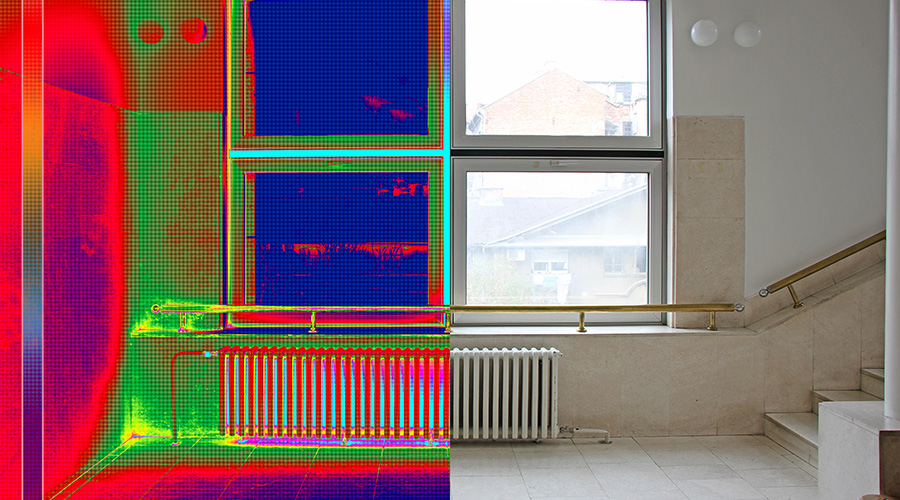OSHA Requirements Include Form 300, Written Plans
To avoid citations and fines and help ensure a positive return on their organizations’ investments, managers can follow what Casavant calls the OSHA compliance wheel. The OSHA wheel is designed to not only make facilities safer but also better prepare organizations if OSHA visits.
To envision the OSHA wheel, think of the OSHA general requirements as the hub. Extending out from the hub are key items managers need to be aware of related to safety and compliance. They include:
I&I Recordkeeping. The injury and illness recordkeeping form, also known as Form 300, often is the first thing an inspector will ask for when visiting a facility.
It’s the Law Poster. Also known as OSHA Form 3165, facilities must place the poster in a place where employees can see it. It informs employees of their right to a safe workplace. Managers can find the poster on the OSHA website, and worker’s compensation providers often give this poster to facilities.
Written Health and Safety Plans. Many sections of the OSHA regulations have specific requirements for the written plan, depending on the activity in question, Casavant said.
Initial/Periodic Inspections. OSHA requires facilities to conduct a job hazard analysis (JHA) prior to performing a task for the first time, Casavant said. The JHA identifies hazards and mitigation steps, including things such as personal protective equipment, standard operating procedures, employee training, and guards. The JHA is considered the "initial" inspection. The "periodic" inspections are those that OSHA requires at a set frequency, such as monthly portable fire-extinguisher inspections.
Training. Along with asking for the Form 300 early in the opening conference, the OSHA inspector likely will ask for training records, which include things such as lockout/tagout procedures.
In his discussion of training, Casavant talked about the different ways individuals can interpret regulations. Casavant’s rule of thumb is that you’ll "always find the answer from the regs." Casavant said managers should not always listen to OSHA trainers or others providing the training. Instead, managers always should look to the actual OSHA regulations to find answers to safety questions.
The problem is, people interpret regulations differently. So to clear up confusion, managers can request an interpretation from OSHA, and OSHA will respond with an interpretation letter. Interpretation letters are designed to provide managers guidance when making specific safety decisions, such as whether it is necessary for facilities to have an individual trained in first-aid in the building.
For managers looking for a quick answer, waiting for an interpretation letter might not be the best option, as one of Casavant’s clients waited more than two years for the letter. But because issues such as having designated first-aid personnel in a building are common in institutional and commercial facilities, managers can access past interpretation letters on the OSHA website.
When managers locate a letter related to the issue at hand, they often will find that "when the interpretation letter comes out, it’s an extension of the regulation," Casavant said. The letter is OSHA’s corporate stance on safety issues and is designed to clarify confusing language in the regulations.
Walk-around inspection. The final portion of the OSHA wheel is the walk-around inspection of the facility, which can take anywhere from 30 minutes to days. After the inspection, OSHA will debrief with managers and others involved with safety compliance in the facilities.
Casavant said compliance is manageable because it is predictable. Managers know the questions OSHA will ask and the things inspectors will want to see. Managers who use the OSHA compliance wheel as a guide will be better prepared for an OSHA inspection. Considering the Obama administration’s stance on OSHA’s role in the workplace, an inspection is more likely now than it has been in almost a decade.
Related Topics:












